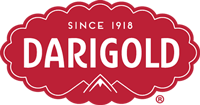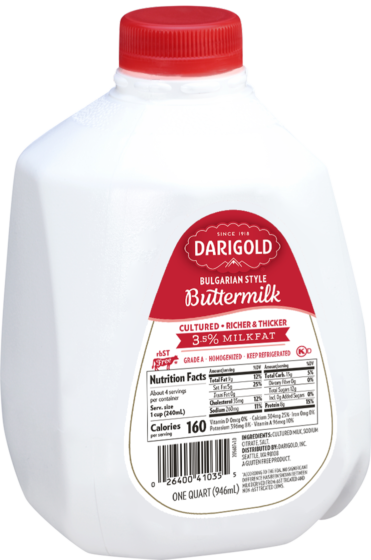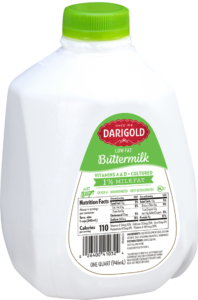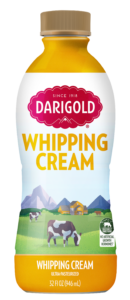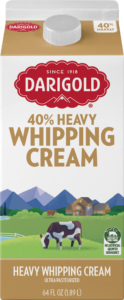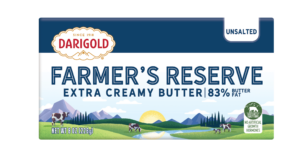Bulgarian Buttermilk | 3.5% Fat | Quart
Bulgarian buttermilk is thicker and richer than our other options. It also has added cultures for greater flavor. Try it out on your next recipe and see why bakers love adding Darigold buttermilk to their favorite recipes.
Locally sourced from Northwest farmers who care. Never from cows treated with the artificial growth hormone rbST.
-
Quick Details
-
- Richer & Thicker
- Natural Culture Streptocococcus Lactis Produces Moist and Flavorful Baked Goods
- Additional Lactobacillus Bulgaricus Added for Increased Flavor
- rbST Free*
*From cows not treated with the artificial growth hormone rbST. According to the FDA, no significant difference has been shown between milk derived from rbST treated cows and non-rbST treated cows.
-
Nutrition Facts
-
Nutrition Facts
- about 4 servings
- per container
- Serving size
- 1 cup (240mL)
- Amount per serving Calories
- 160
Amount/Serving % Daily Value- Total Fat
- 9g
- 12%
- Saturated Fat
- 5g
- 25%
- Trans Fat
- 0g
- Cholesterol
- 35mg
- 12%
- Sodium
- 260mg
- 11%
Amount/Serving % Daily Value- Total Carbohydrate
- 13g
- 5%
- Dietary Fiber
- 0g
- Total Sugars
- 12g
- Includes
- 0g Added Sugars
- 0%
- Protein
- 8g
- 15%
- VItamin D
- 0mcg
- 0%
- Calcium
- 304mg
- 25%
- Iron
- 0mg
- 0%
- Potassium
- 396mg
- 8%
- Vitamin A
- 96mcg
- 10%
* The % Daily Value (DV) tells you how much a nutrient in a serving of food contributes to a daily diet. 2,000 calories a day is used for general nutrition advice.
-
Ingredients
-
Cultured Milk, Sodium Citrate, Salt. Gluten Free.
You May Also Like
Recipes
Sustainability: A Journey of Continuous Improvement
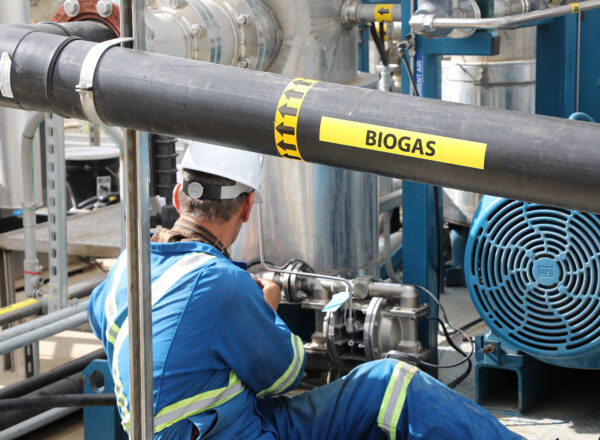
(FARM)
Farmers Assuring Responsible Management
The Northwest Dairy Association (NDA) is setting a path towards continuous improvement by incorporating the Environmental Stewardship (ES) module of the Farmers Assuring Responsible Management (FARM) program to help members assess their farms’ carbon and energy footprint. This information helps us understand what we need to do to achieve our goal of greenhouse gas neutrality by 2050.
Read More
